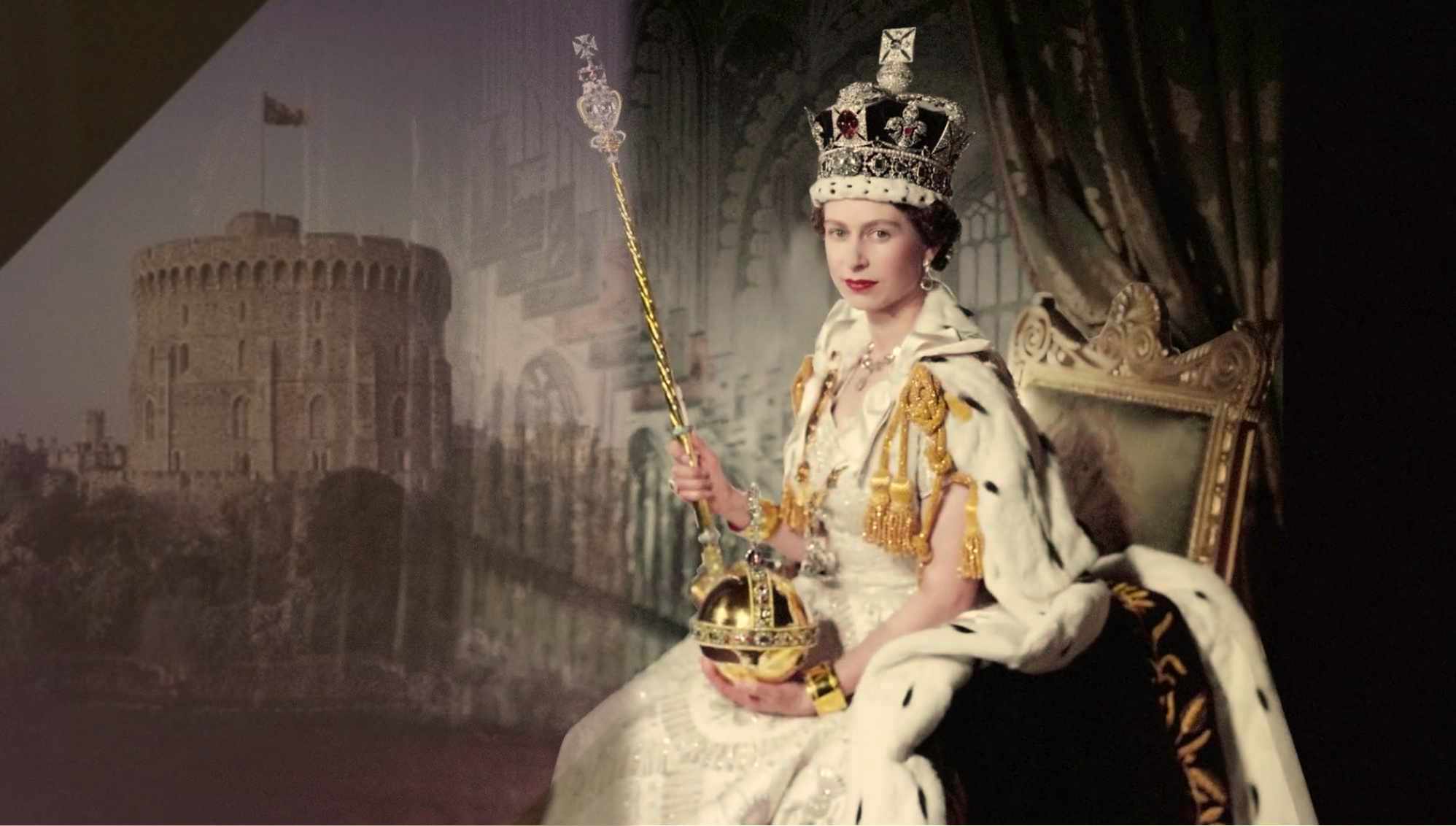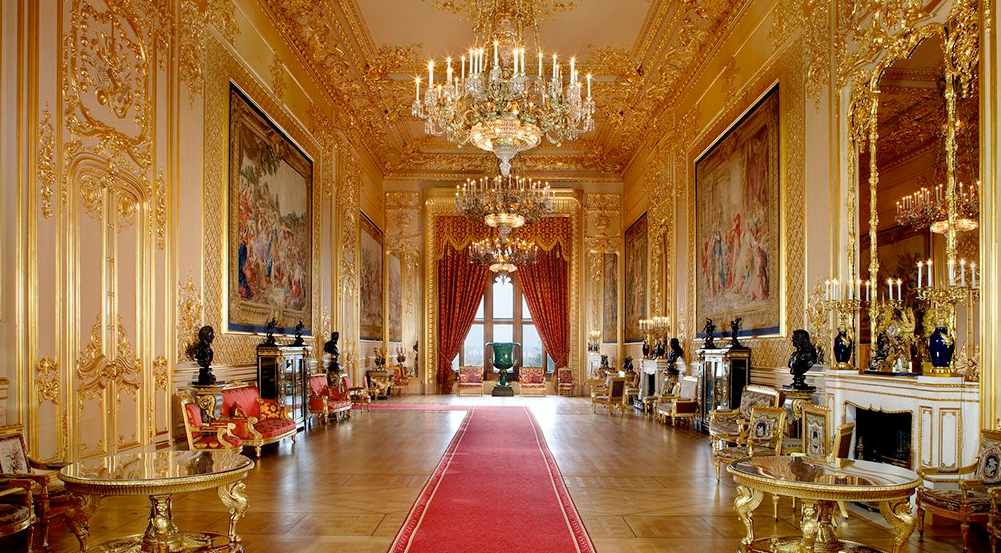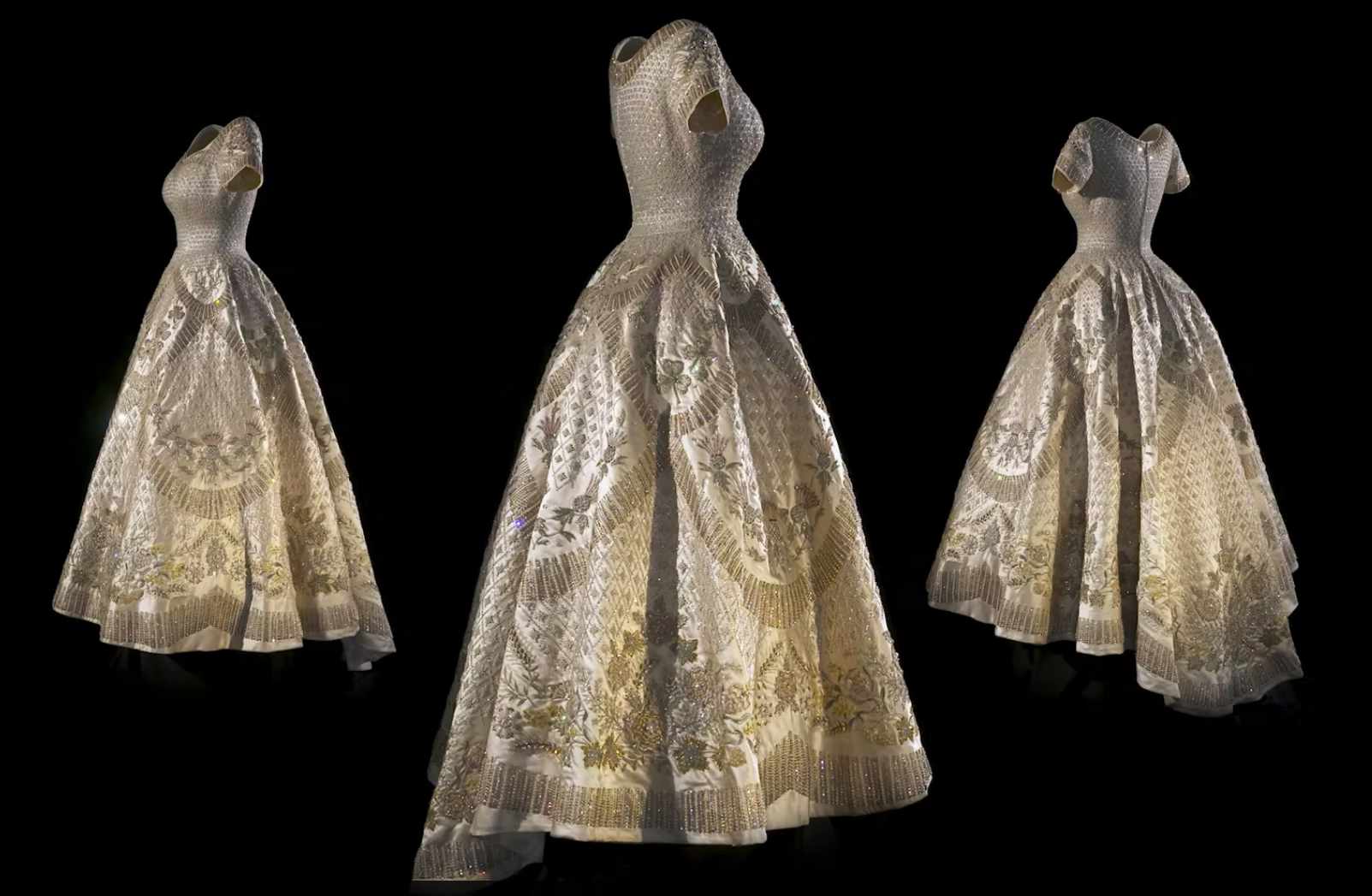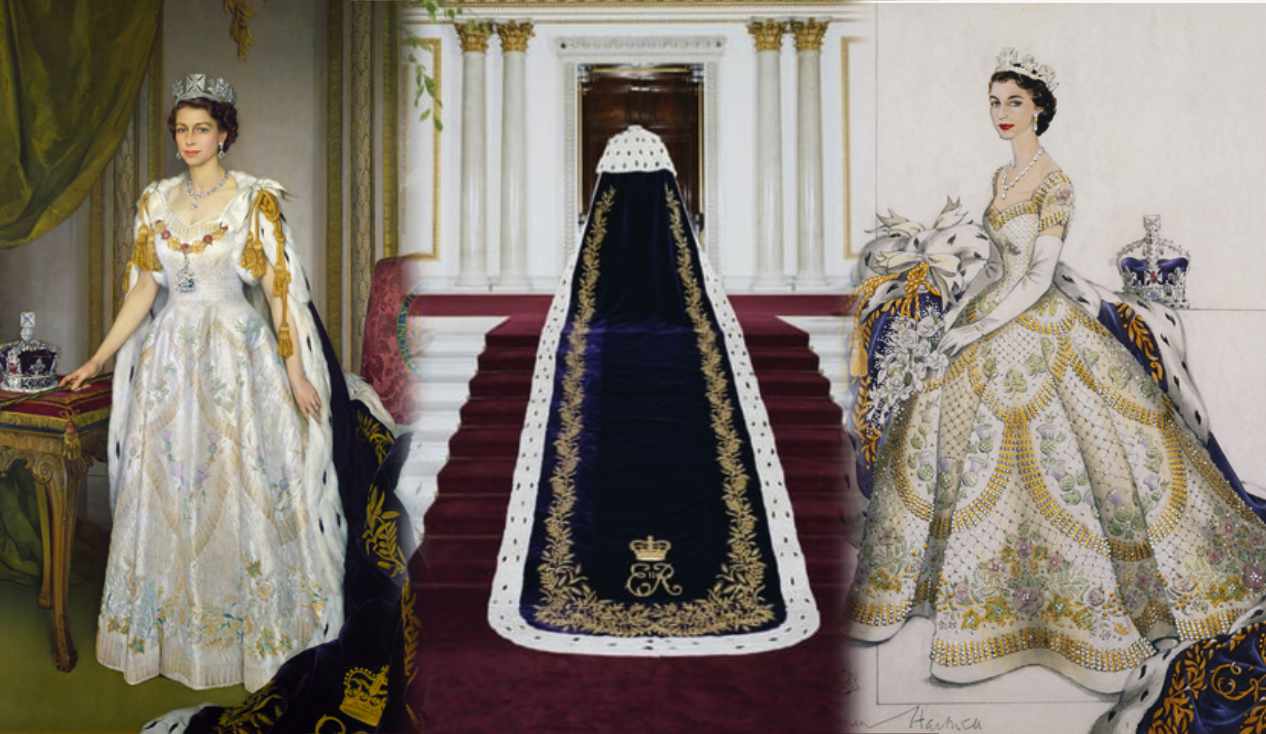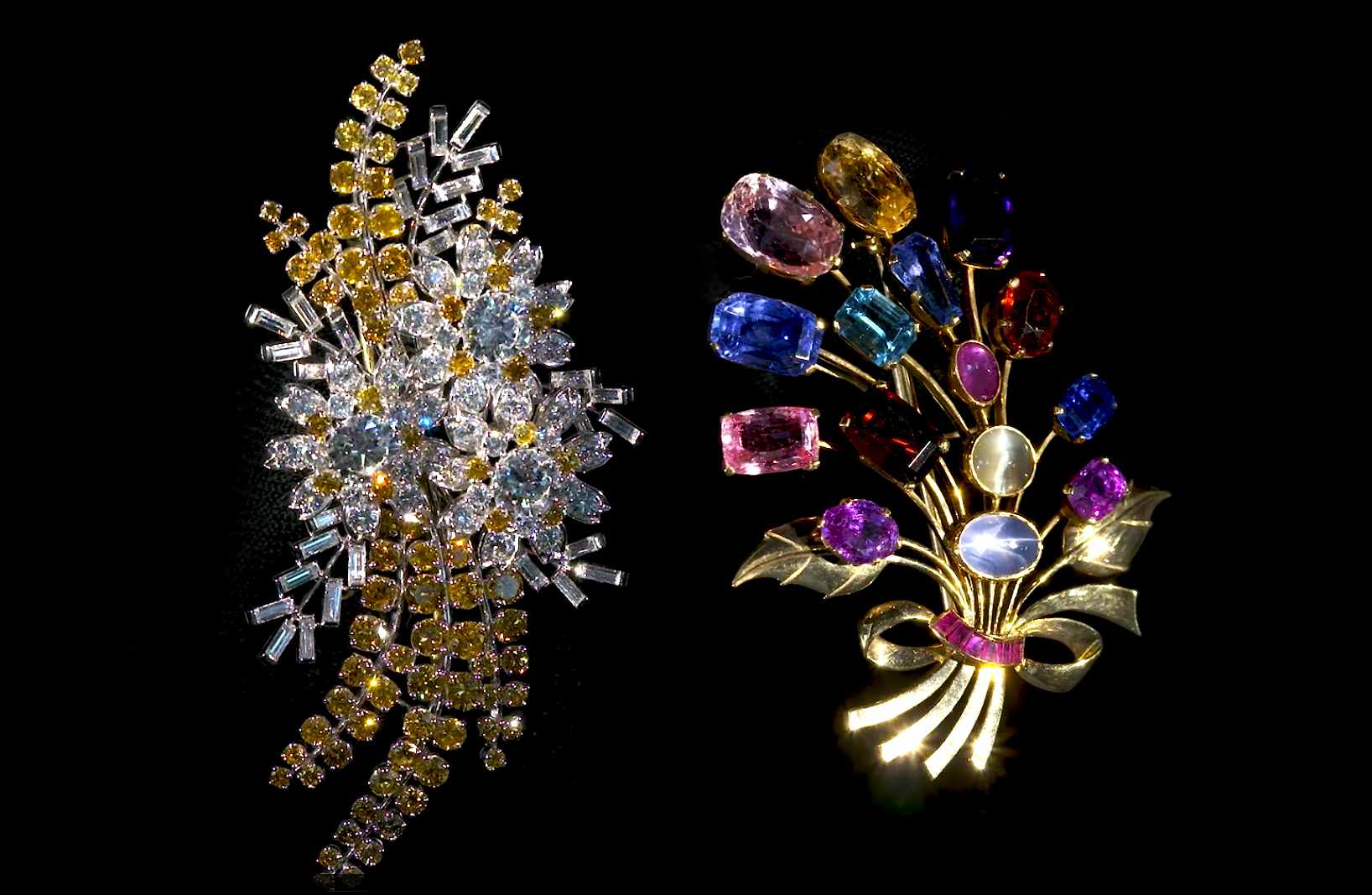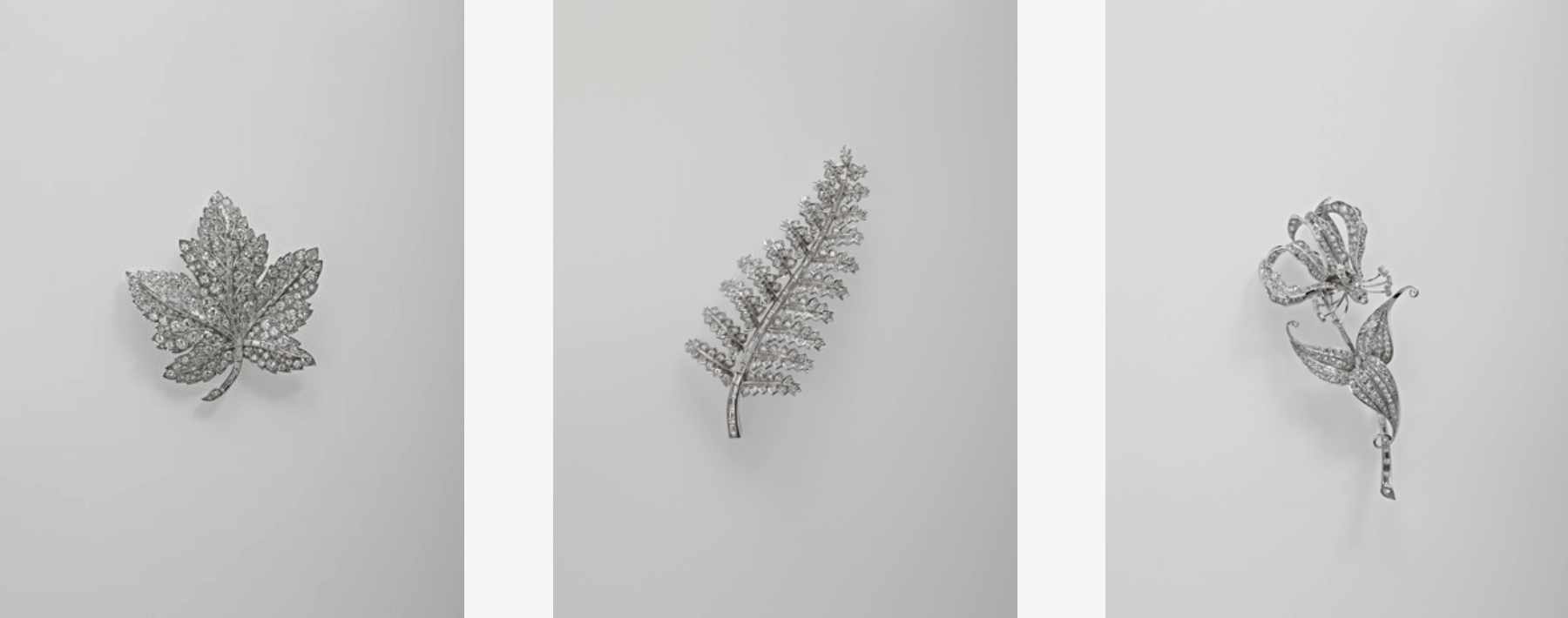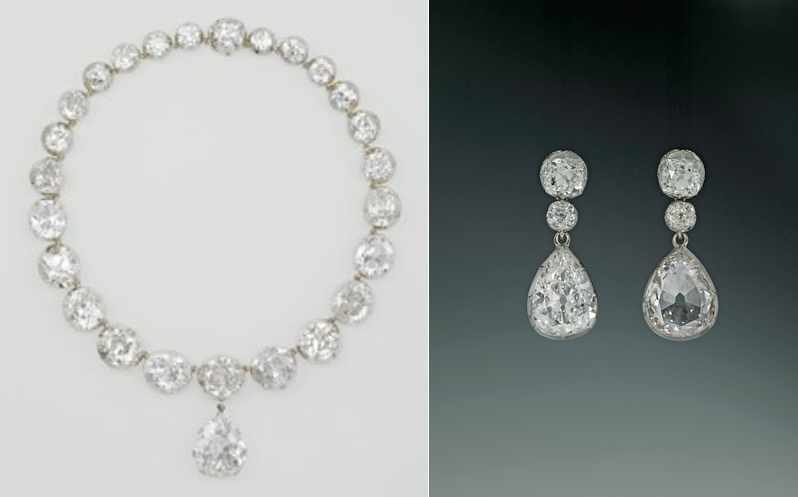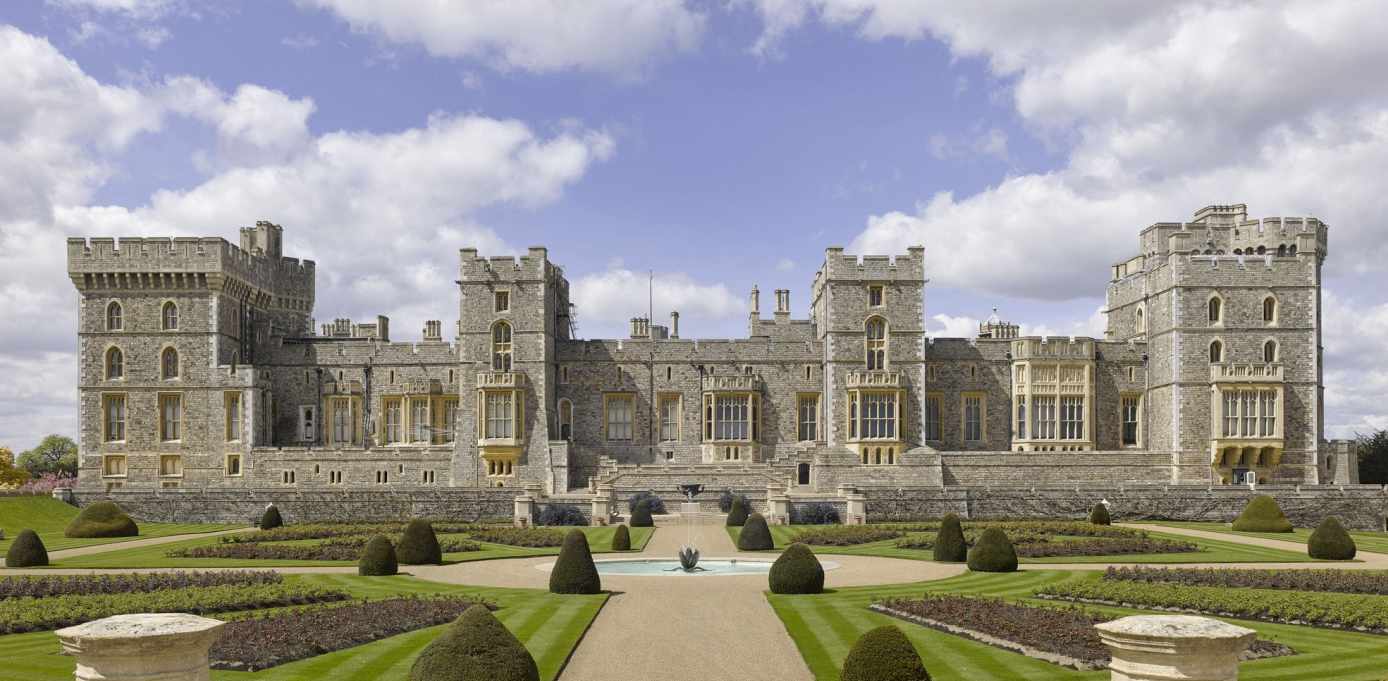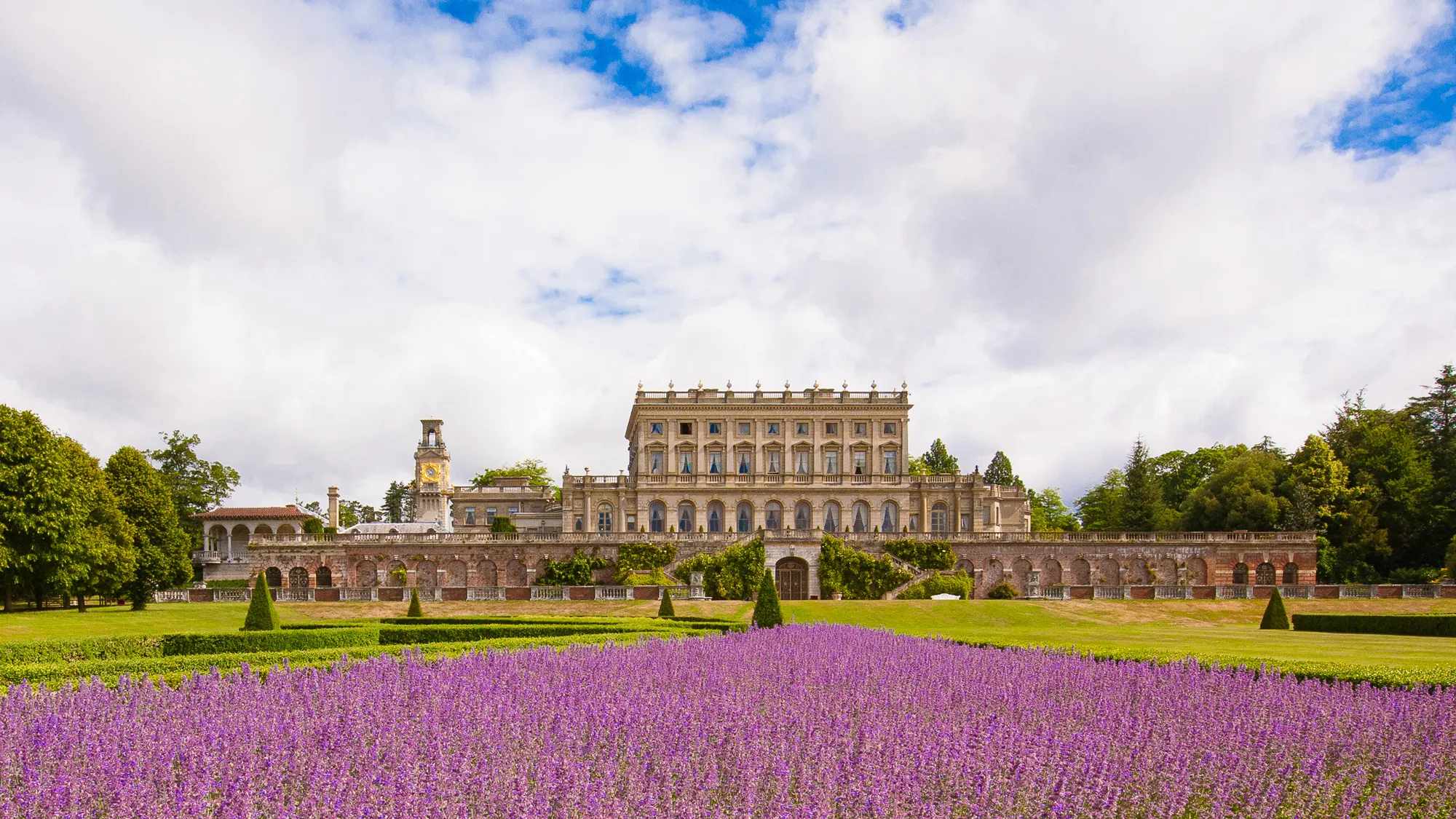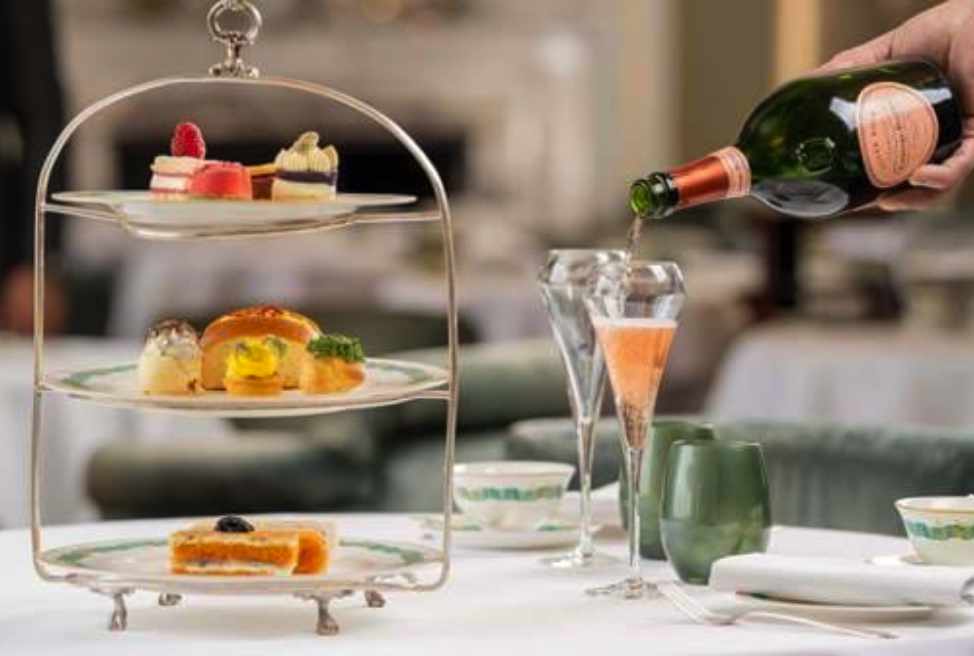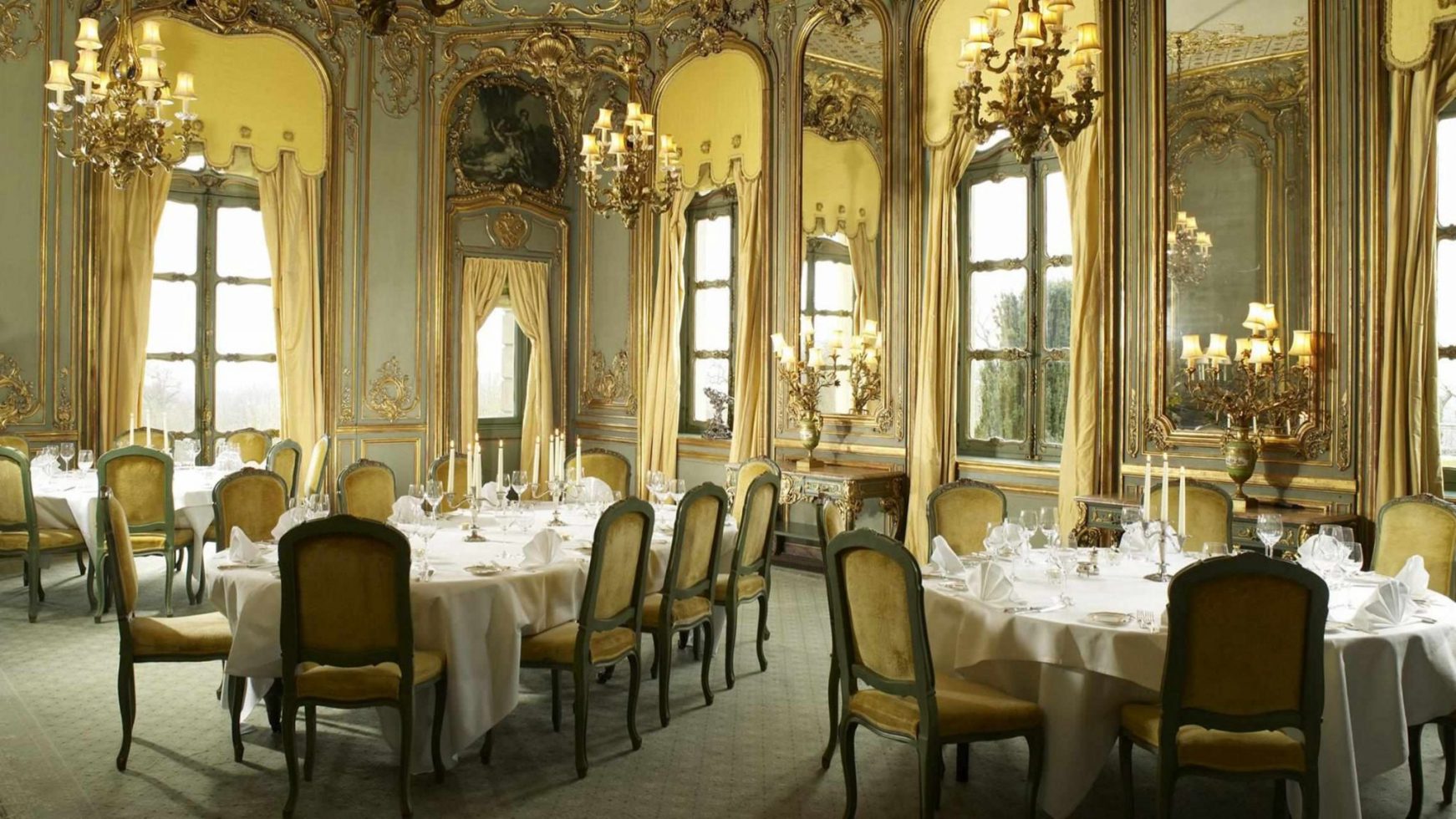Events, Sport & Social Events
With deep sorrow at the passing of HM The Queen, we announce that this event is now cancelled: Exclusive Private Evening Visit to Windsor Castle, including a Private View of the much awaited Platinum Jubilee Exhibition, ‘The Queen’s Coronation’: the date is Monday, September 12, 2022
Following the sad passing of Her Majesty Queen Elizabeth II, Windsor Castle is now closed until further notice. and this event is cancelled. The Palace will update us on the full length of the closure period in due course, and we will inform our guests accordingly.
We are delighted to invite our Members for an exclusive Private Evening Visit to Windsor Castle, including a Private View of the much awaited new Platinum Jubilee Exhibition, ‘The Queen’s Coronation’. This is a new date—our first private visit was over-subscribed, so this new date gives more of our Members chance to see this unmissable exhibition before it closes two weeks later.
We shall be the only guests in The State Rooms at Windsor Castle for this exclusive private evening visit, during which we shall see in person the historic Coronation robes and jewels: the Coronation Dress, the Robe of Estate and the diamond Coronation Necklace and Earrings worn by Her Majesty The Queen at her Coronation on June 2, 1953.
This will be a wonderful and exclusive viewing experience, far better than is possible at Buckingham Palace, where a similar exhibition is open only to the public at large, and without the Coronation Dress, the Robe of Estate and the Coronation jewellery.
The date is Monday, September 12, 2022, and the event is a highlight of this year’s Jubilee celebrations, when Her Majesty The Queen became the first British Monarch to celebrate a Platinum Jubilee, marking 70 years of service to the people of the United Kingdom, the Realms and the Commonwealth.
During our exclusive Private View we shall see the very finest of the Coronation Jewels, the Coronation Dress and the Robe of Estate—some of the most memorable and important items of apparel in history—while also viewing the Castle’s gilded State Rooms, lavishly furnished with some of the greatest treasures from the Royal Collection: paintings by Rembrandt, Canaletto, Rubens and more; sculpture by Canova and Chantrey; exquisite examples of Sèvres and Meissen porcelain; and some of the finest English and French tapestries and furniture. Among the historic antiquities are the bullet which fatally wounded Admiral Lord Nelson and the armour worn by Henry VIII.
As we walk at our leisure through the State Rooms on our way to view the historic Coronation exhibits we shall see for ourselves these priceless art objects. We shall learn how William the Conqueror’s wooden castle was rebuilt by Edward III as a stone fortress with magnificent apartments, how Charles II set out to rival the Versailles of his cousin Louis XIV, and how George IV filled the rooms with works of art and gave the Castle its famous skyline. Windsor Castle is the scene of nearly 1,000 years of Royal and British history; it is also an intimate family home, confirmed more poignantly in recent months by the death of HRH The Duke of Edinburgh and HM The Queen’s decision to take up permanent residence there. And of course it is HM The Queen and her Coronation that is the highlight of our Private Visit.
The Queen’s Coronation Dress is of course a rare and stunning sight. To recognise the importance of her role as Head of the Commonwealth, The Queen asked her favourite couturier, Sir Norman Hartnell, to incorporate into the design the emblems of the seven independent states of which she was monarch, together with those of England, Scotland, Ireland and Wales. Sir Norman submitted a string of designs to the young Queen, who then requested a ninth—and that final ninth design became the Coronation Dress.
Created in the finest white duchesse satin, the dress is richly embroidered in a lattice-work effect with its iconographic scheme of national and Commonwealth floral emblems in gold and silver thread and pastel-coloured silks, encrusted with diamonds, seed pearls, sequins and crystals. For England, the Tudor rose, embroidered in palest pink silk, with pearls, gold and silver bullion and rose diamonds. For Scotland, the thistle, embroidered in pale mauve silk and amethysts. The calyx was embroidered in green silk, silver thread and diamond dewdrops. For Northern Ireland, the shamrock, embroidered in soft green silk, silver thread bullion and diamonds. For Wales, the leek, embroidered in white silk and diamonds with the leaves in palest green silk. And then the dominions: Canada, the maple leaf; Australia, the wattle flower; New Zealand, the fern; South Africa, the protea; India, the lotus flower; Pakistan: wheat, cotton and jute; Ceylon (Sri Lanka), the lotus flower, in opals, mother-of-pearl, diamonds and soft green silk.
Among the emblems, only the Welsh leek gave the designer a moment’s concern. Sir Norman had requested a daffodil from the Garter King of Arms, who insisted that only the leek would do. ‘I complained that I would be dressing a beautiful young woman in vegetables if compelled to embroider leeks on to the dress,’ wrote Sir Norman later. ‘I was depressed.’ In the end he overcame his concerns after going to the Windsor Castle vegetable garden, pulling up a leek—and remembering the cap badge of the Welsh Guards: ‘By using lovely silks and sprinkling it with the dew of diamonds, we were able to transform the earthy leek into a vision of Cinderella charm, worthy of mingling with her sisters, the rose and mimosa, in a brilliant Royal assembly—and fit to embellish the dress of a queen.’
Having gloried in the detail of this ravishing dress, we shall also see Her Majesty’s Robe of Estate. More than 21ft long from the shoulder to the end of the train, it was made by the royal robe-makers Ede and Ravenscroft of silk velvet woven by the firm of Warner & Sons, and embroidered at the Royal School of Needlework. The goldwork embroidery design features wheat ears and olive branches, symbolising prosperity and peace, surrounding the crowned intertwined EIIR cipher. It took 12 broderers, using 18 types of gold thread, more than 3,500 hours to complete the work between March and May 1953.
The exhibition includes fabulous portraits of Her Majesty, including the state portrait commissioned to commemorate the Coronation. Wearing her Coronation Dress and Robe of Estate, The Queen stands in the Throne Room at Buckingham Palace. Her robe falls over the throne specially made for the occasion and the Imperial State Crown and the sceptre are placed on the table beside her. The Queen wears the Diamond Diadem made for George IV, Queen Victoria’s collet diamond Coronation Necklace and diamond drop earrings, and the Collar and Badge of the Order of the Garter.
And then of course there is the glittering Coronation Diamond Necklace, believed to be one of Her Majesty’s favourite jewels. The ‘Coronation’ sobriquet derives from the wearing of the necklace at the 1902, 1911, 1937 and 1953 coronations. The necklace was originally created for Queen Victoria in 1858 by Garrard, after a suite of diamonds previously used by the queen was awarded to her Hanoverian relatives followed a court case. Victoria wore the necklace frequently and passed it down to be used by future queens. Since then, it has been worn by every queen for every coronation.
The size of the diamonds is staggering. The complete necklace adds up to 161 carats of diamonds. It became the most expensive necklace in the world with nine of its largest stones weighing between 8 and 11 carats, plus the central gem, known as the Lahore Diamond, which alone weighs almost 23 carats. After her Coronation, The Queen has worn the necklace with its matching diamond earrings for the most formal Royal events including the State Opening of Parliament, State visits and Royal portraits.
The Queen is famously fond of wearing symbolic precious brooches, and we shall see those Her Majesty chose to honour Commonwealth nations. They include the Canadian Maple-Leaf Brooch, worn by Her Majesty (then Princess Elizabeth) on her first visit to Canada in 1951; the Flame-Lily Brooch, emblem of Zimbabwe, which was pinned to The Queen’s mourning clothes when she returned to Britain from Kenya after the death of her father in 1952; the New Zealand Silver-Fern Brooch, presented by the Women of Auckland on Christmas Day, 1953; the Australian Wattle Brooch, presented on Her Majesty’s first visit to Australia in 1954; and the Sri Lanka Brooch, presented to The Queen on a State Visit to Sri Lanka in 1981.
Our private visit to Windsor Castle starts at 6pm on Monday, September 12, and ends some two hours later, with a glass of Champagne served in the Castle. You may prefer to begin the event earlier in the day in leisurely style with the quintessentially English pastime of taking afternoon tea—in this case, the Platinum Jubilee Champagne Afternoon Tea at five-star Cliveden House, some 20 minutes’ drive from Windsor Castle. To mark the Jubilee, Executive Chef Christopher Hannon has created an exquisite menu to celebrate the occasion with an Afternoon Tea consisting of traditional favourite dishes from England, Scotland, Wales and Ireland, including mouth-watering pastries and sandwiches, served with a delicious selection of Indian, China and herbal teas—and a glass of Champagne to raise a loyal toast!
Cliveden is unique. One of the world’s finest luxury hotels, this grand stately home is set in the heart of the Berkshire countryside, surrounded by 376 acres of magnificent formal gardens and parkland and with wonderful panoramic views over the River Thames. It is one of the finest luxury hotels near London. Guests have included every British monarch since George I, as well as Charlie Chaplin, Winston Churchill, Harold Macmillan, President Roosevelt, George Bernard Shaw and more.
A long and leisured afternoon spent here at Cliveden will set the scene perfectly for our evening at Windsor Castle. Your table in the Cliveden Dining Room will be yours from 2.30pm (service for 1 hour 45 minutes), during which you will be invited to indulge in a perfectly prepared selection of traditional British savoury treats, including delicious finger sandwiches and tempting modern touches alongside freshly baked scones with clotted cream and homemade strawberry jam. As well as delectable bite-size pastries and delicacies. These will include The Queen’s favourite chocolate biscuit cake in celebration of the Platinum Jubilee, and a glass of Laurent-Perrier La Cuvée, Brut Champagne to toast The Queen and top off your Cliveden experience.
After a relaxed afternoon tea of you are invited to explore the grounds of this fine National Trust property, or to relax on the Cliveden terraces until it is time to drive to Windsor Castle. After the event you may wish to take your leave, or if you prefer you can extend the pleasure of the event with a night at Cliveden House—in which case you will return to Cliveden for dinner and to spend the night.
WINDSOR CASTLE CORONATION PRIVATE VIEW: MONDAY, SEPTEMBER 12, 2022: PLEASE BOOK YOUR PLACES NOW
The date of our CountryClubuk private evening at Windsor Castle is Monday, September 12, 2022, and the price for the event alone is £79 per person. Or you can book this private event with Platinum Jubilee Champagne Afternoon Tea. Numbers are of course limited, so please secure your places now by clicking one of the links below, or by calling us on 020 7399 2960.
The CountryClubuk Private Visit to Windsor Castle and Private View of The Queen’s Coronation Exhibition. Code WP23RC17. CCUK £79. Please click here now to reserve your places.
The CountryClubuk Private Visit to Windsor Castle and Private View of The Queen’s Coronation Exhibition with Platinum Jubilee Champagne Afternoon Tea at Cliveden House (table booked at 2:30pm). Code WP24RC17. CCUK £159 including VAT and service charge. Please click here now to reserve your places for the private event with Champagne afternoon tea.
To add a luxurious five-star night at Cliveden House or elsewhere, please call Member Services on 020 7399 2960.
PLEASE READ: CountryClubuk Club Rules and Terms and Conditions

